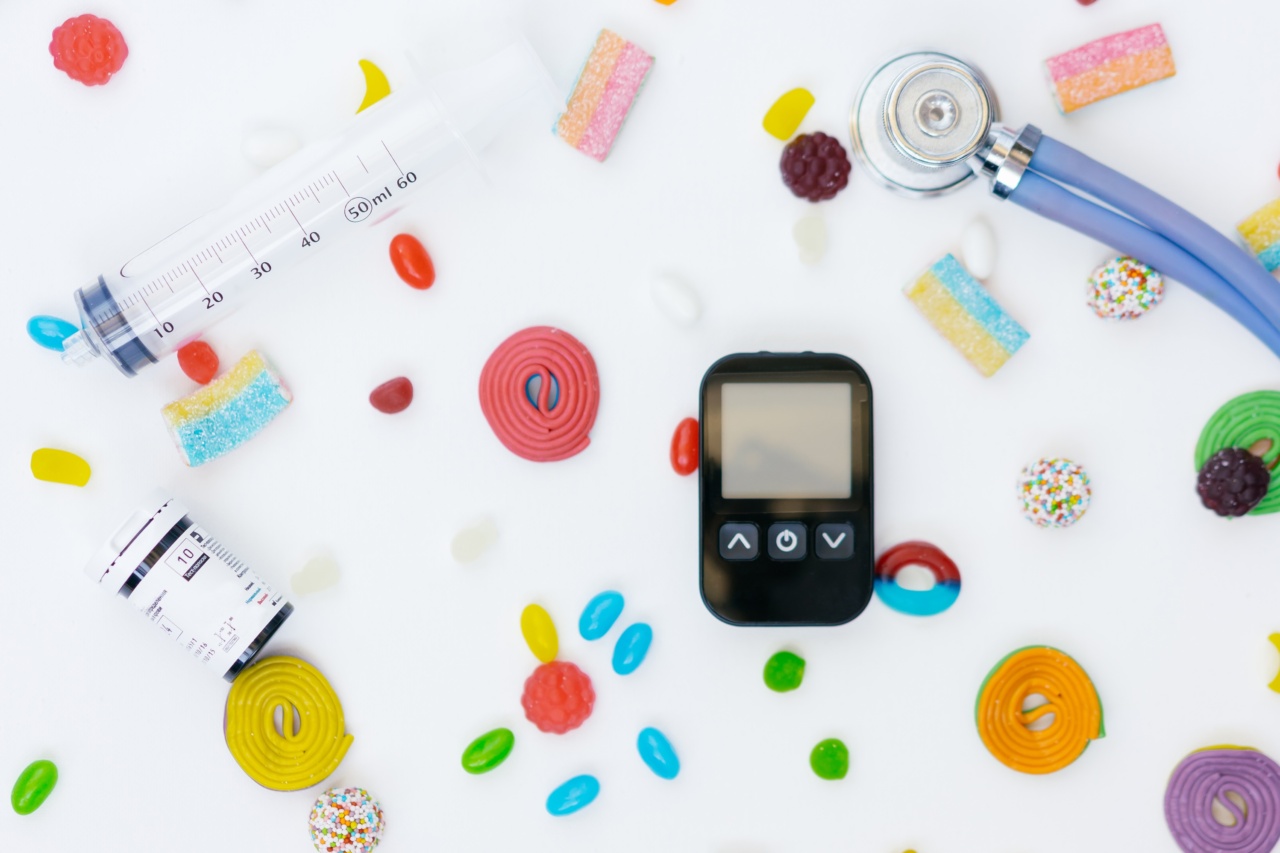Type 2 Diabetes is a chronic disease that affects millions of people worldwide. While the exact cause of the disease is unknown, research has shown that it is closely linked with obesity, lack of physical activity, and poor dietary habits.
In recent years, the role of fat in the development and progression of type 2 diabetes has also come under scrutiny. In this article, we will explore the relationship between fat and type 2 diabetes, and how understanding this link can help prevent and manage the disease.
What is Type 2 Diabetes?
Type 2 Diabetes is a condition in which the body is unable to produce enough insulin or is unable to use it effectively. Insulin is a hormone produced by the pancreas that helps the body to regulate blood sugar levels.
When the body is unable to produce or use insulin properly, sugar builds up in the bloodstream, leading to a range of health problems.
Obesity and Type 2 Diabetes
Obesity is a major risk factor for type 2 diabetes. According to the World Health Organization, over 90% of people with type 2 diabetes are overweight or obese.
When a person is overweight, their body becomes less sensitive to insulin, which can lead to high blood sugar levels. Over time, this can cause damage to the body’s organs and increase the risk of health problems such as heart disease, stroke, and kidney disease.
The Role of Fat in Type 2 Diabetes
While obesity is a known risk factor for type 2 diabetes, the role of fat in the development and progression of the disease is still being studied. Research has shown that not all fat is created equal; some types of fat may be more harmful than others.
For example, visceral fat, which is the fat that surrounds the internal organs, has been linked to insulin resistance and an increased risk of type 2 diabetes.
The Link Between Visceral Fat and Type 2 Diabetes
Research has shown that when visceral fat accumulates around the organs in the abdomen, it can interfere with the body’s ability to produce and use insulin effectively.
Visceral fat produces hormones and other substances that can cause inflammation, which can further damage the body’s cells and disrupt the normal function of insulin. This can lead to a cycle of increasing insulin resistance, high blood sugar levels, and further accumulation of visceral fat.
Preventing and Managing Type 2 Diabetes through Diet and Exercise
While the development of type 2 diabetes is complex and multifactorial, there are steps that can be taken to prevent and manage the disease. One of the most effective strategies is to maintain a healthy diet and engage in regular physical activity.
A diet that is rich in fruits, vegetables, whole grains, and lean protein can help to reduce inflammation in the body and improve insulin sensitivity. Regular exercise can also help to reduce visceral fat and improve overall metabolic health.
The Importance of a Comprehensive Approach
While diet and exercise are important components of preventing and managing type 2 diabetes, it is important to take a comprehensive approach that addresses all aspects of the disease.
This may include working with a healthcare provider to develop a personalized treatment plan, monitoring blood sugar levels, and taking medications as prescribed. Regular check-ups with a healthcare provider can help to identify early warning signs of the disease and prevent complications.
Conclusion
Type 2 diabetes is a complex disease that is closely linked with obesity, poor dietary habits, and lack of physical activity. The role of fat, particularly visceral fat, in the development and progression of the disease is still being studied.
While research has shown that fat plays a role in insulin resistance and high blood sugar levels, there are steps that can be taken to prevent and manage the disease, including maintaining a healthy diet, engaging in regular physical activity, and working with a healthcare provider to develop a comprehensive treatment plan.





























